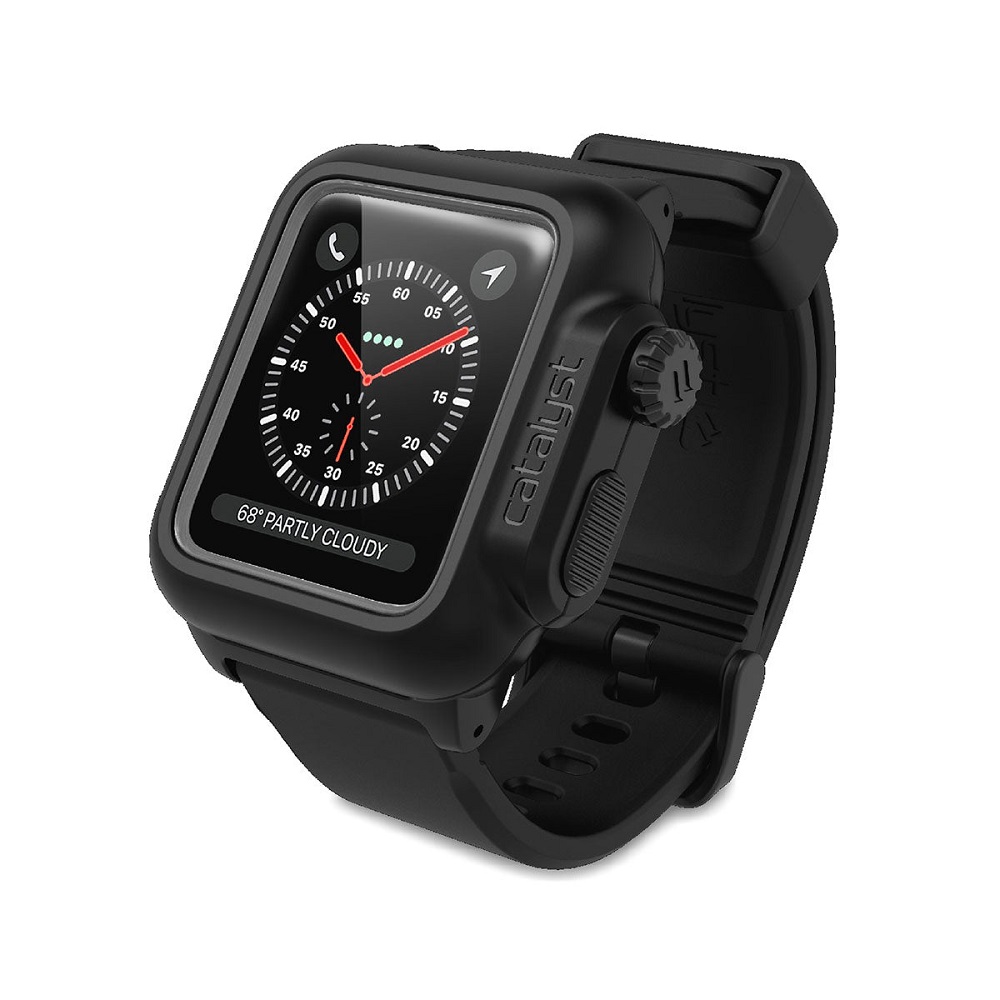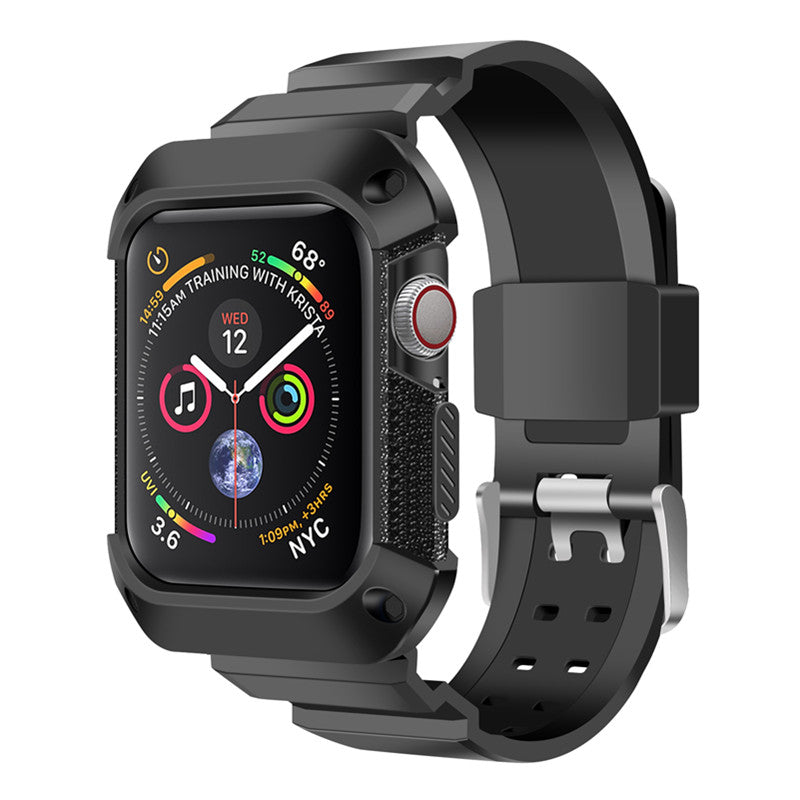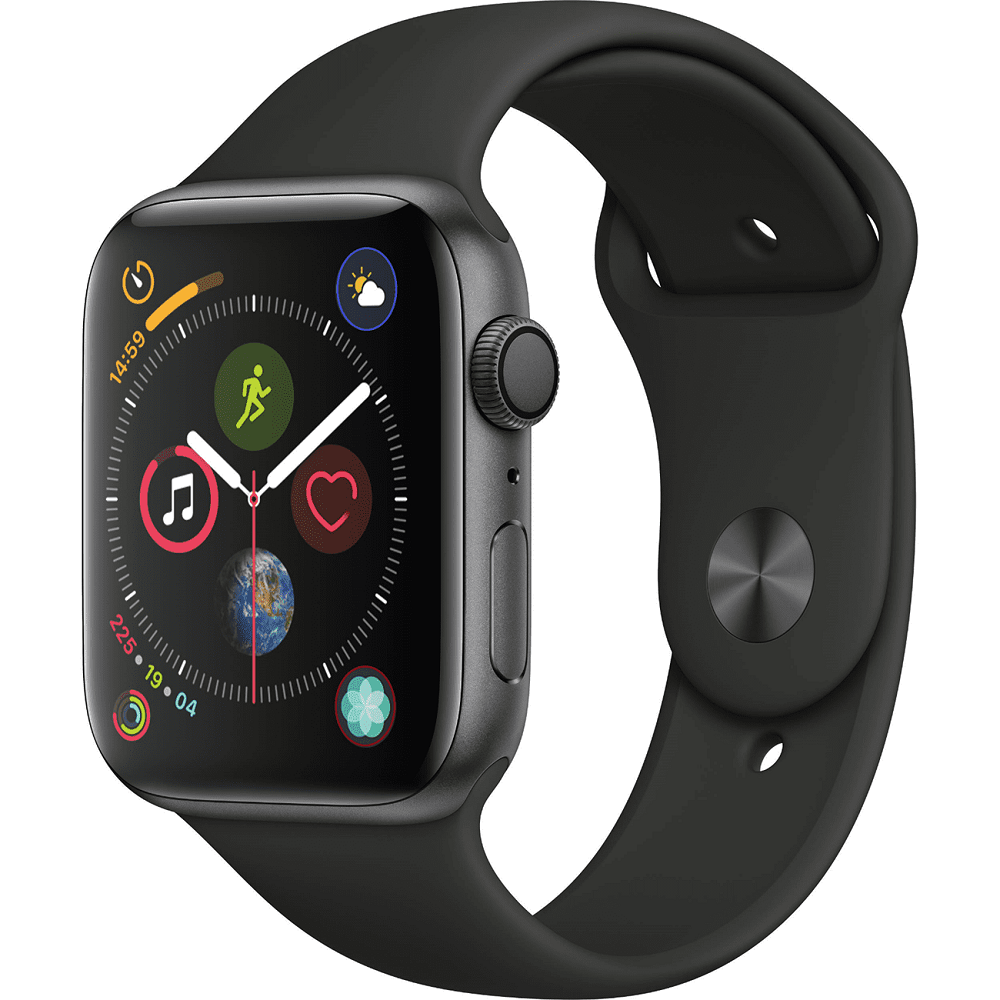Design Differences
When comparing Apple Watch Series 3 vs Series 4, the design modifications are significant and contribute greatly to the user experience. Each aspect of the Series 4 is a thoughtful evolution from its predecessor, reflecting advanced aesthetics and functionality.
Case and Screen Changes
Apple Watch Series 4 introduces noticeable changes in case size and screen design. It boasts expanded screen sizes of 40mm and 44mm, unlike Series 3’s 38mm and 42mm. This adjustment not only enhances the visual appeal but also improves the interactive area, making it easier to read and navigate. Additionally, the Series 4 features a thinner profile, which enhances comfort and gives a more modern look.
Display Enhancements
One of the most applauded upgrades in the Apple Watch Series 4 is its display. The LTPO OLED Retina display offers better resolution—394 x 324 for the 40mm model and 448 x 368 for the 44mm model, compared to the older Series 3. This results in crisper and more vivid images and text. The Series 4 displays also integrate curved edges that merge seamlessly with the casing, providing a smooth, continuous surface that adds to both style and functionality.
New Case Materials and Colors
Apple Watch Series 4 also steps up with new materials and color options. While both Series 3 and Series 4 offer aluminum and stainless steel finishes, Series 4 introduces a stunning new gold stainless steel variant, which adds a touch of luxury. This choice gives users looking to make a fashion statement more options to personalize their devices.
Digital Crown Updates
The digital crown on the Apple Watch Series 4 has been notably re-engineered to include haptic feedback. This feature offers a more tactile experience as users scroll through menus, making interaction dynamic and intuitive. The aesthetic is slightly tweaked as well, maintaining its classic look while feeling fresher and more modern.

Dimensions and Weight
When looking at the Apple Watch Series 3 vs Series 4, dimensions and weight play an important role in user preference and comfort. Both series have evolved not just in capabilities but in their physical specs, which can affect everyday usage.
Size Variations
The Series 4 has seen a shift in overall case size, moving from the 38mm and 42mm options available in Series 3 to 40mm and 44mm. This increase allows for a larger display, which can significantly enhance the user experience by providing larger touch targets and more screen area for viewing notifications and apps. The thinness of the watch also decreases slightly, offering a sleeker profile which might feel less bulky on the wrist.
Weight Considerations
Alongside the changes in size, there’s a small adjustment in weight as well. The Series 4 is slightly heavier than Series 3, primarily due to the increased case size and variations in material. For instance, the 44mm Series 4 in GPS + Cellular configuration weighs 36.7g for aluminum and 47.9g for stainless steel, compared to Series 3’s 42mm version, which weighs 34.9g in aluminum. These differences, although minimal, can be a consideration for users looking for the lightest option available.
The choice between these two series may come down to balancing the preference for a larger screen and new features against the slight increase in weight and size.
Connectivity Improvements
The Apple Watch Series 3 and Series 4 boast different levels of connectivity.
W2 vs W3 Wireless Chip
Series 3 uses the W2 wireless chip, while Series 4 features the upgraded W3 chip.
The W3 chip in Series 4 enhances Wi-Fi and Bluetooth capabilities, offering faster performance.
Enhanced Cellular Reception
Series 4’s back design and better antennae improve cellular reception and call quality.
This means clearer calls and more reliable connectivity with Series 4 over its predecessor.
Users will notice fewer dropped calls and stronger signal strength in most environments.
The connectivity enhancements alone may sway buyers toward Series 4 for its increased reliability.

Performance Upgrades
Choosing between the Apple Watch Series 3 and Series 4 often comes down to performance. Let’s dive into the enhancements that Series 4 offers over Series 3 in terms of processing power, health features, and sound improvements.
Processor and Speed Differences
The key upgrade with the Series 4 is its S4 chip, featuring a 64-bit dual-core processor. This boosts performance significantly, making the Series 4 up to twice as fast as the Series 3 with its S3 processor. Apps open quicker, and the response time is snappier on the Series 4, creating a noticeably smoother user experience.
Health Monitoring Features
When it comes to health monitoring, the Series 4 takes a leap forward. Not only does it continue to track heart rate and activity, but it also introduces capabilities like fall detection and an electrical heart sensor for ECG, which are absent in the Series 3. These features offer users peace of mind, especially for those with health concerns.
Sound and Storage Enhancements
The Series 4 also steps up its game with sound upgrades. Its speaker is louder, making it easier to hear calls and notifications. Storage-wise, both Series 3 and Series 4 offer 16GB on the cellular models. However, the Series 4 GPS-only model also provides 16GB, doubling the 8GB found in the Series 3 GPS-only model. These enhancements contribute to a more versatile and user-friendly device.
ECG Function and Fall Detection
When comparing the Apple Watch Series 3 vs Series 4, a standout difference is health monitoring.
New Health and Safety Features
The Apple Watch Series 4 debuted with groundbreaking health and safety features that are not available in Series 3. One of the most talked-about additions is the ability to take an electrocardiogram (ECG) directly from the wrist. An ECG is a test that records the timing and strength of the electrical signals that make the heart beat. This feature potentially helps users detect early signs of heart conditions.
Moreover, Series 4 introduces fall detection, a critical feature for the elderly or those with certain health conditions. The watch’s advanced sensors can detect when a person has fallen. If the user doesn’t respond to the watch’s notification within a minute, it starts a call to emergency services automatically. For many users, these features add a level of security that goes beyond fitness tracking into true health monitoring.
Fall detection is especially important for seniors. The watch is set to activate this feature by default for users aged 65 and over. The response system and the possibility to alert emergency contacts provide an extra layer of protection for high-risk individuals.
While the Apple Watch Series 3 tracks general fitness and health markers like heart rate, the Series 4 goes a step further with its ECG app and fall detection, making it a more robust health device. For anyone with health concerns or loved ones prone to falls, the additional features of the Series 4 could be a deciding factor in choosing their next smartwatch.

Battery Life Comparison
When comparing the Apple Watch Series 3 and Series 4, battery life is a crucial aspect. Both models advertise an 18-hour battery life, which often exceeds expectations in real-world use. Frequent travelers and busy individuals can rely on both models to last a full day without needing a recharge.
Durability and Charging
The Series 3 and Series 4 are both designed to be swimproof, a testament to their durability. This means they can handle submersion in water, making them versatile for various activities. Charging these devices is straightforward and efficient, with both using the same magnetic charging cable. This consistency ensures ease of use across both Series, making them both a practical choice for daily wear.
Price Points
When it comes to purchasing an Apple Watch, price is a major deciding factor. The Series 3 and Series 4 differ significantly in cost, impacting consumer choice based on budget constraints.
Cost Comparison and Value
The Apple Watch Series 3 starts at a lower price point, $279 for the GPS only model. If you opt for cellular connectivity, it’s an additional $100, making it $379. On the other hand, the Series 4 begins at $399 for GPS only and jumps to $499 with cellular connectivity. Notably, the Series 4 also offers a new luxurious gold stainless steel model, which starts at a higher price.
These prices indicate that while Series 4 comes with advanced features and upgrades, it also demands a higher investment. This makes Series 3 a value-for-money option for those who are looking for essential smartwatch functionalities without the need for the latest enhancements. For tech enthusiasts or those seeking the cutting-edge features like ECG and fall detection, the Series 4 proves to be worth the extra money. Thus, assessing personal needs versus the budget is crucial when choosing between these two models.
Final Verdict
When deciding between the Apple Watch Series 3 and Series 4, several factors come into play. These include design updates, performance capabilities, and unique health features offered by each model. Your final decision should align with your specific needs, preferences, and budget.
Choosing the Right Model for You
Choosing the right model depends on what you prioritize in a smartwatch. If budget is your main concern, the Series 3 provides fundamental smartwatch features at a more affordable price. However, if you’re seeking advanced health monitoring tools like ECG and fall detection, the Series 4 is a better choice despite its higher cost. Moreover, the faster S4 processor and enhanced display of Series 4 improve overall user experience and performance.
The decision ultimately boils down to a trade-off between cost and the latest technological advancements. Consider what features you will realistically benefit from to make an informed choice that suits your lifestyle and budget.
